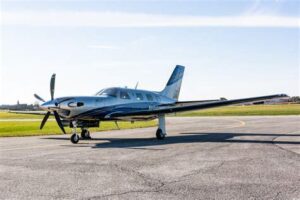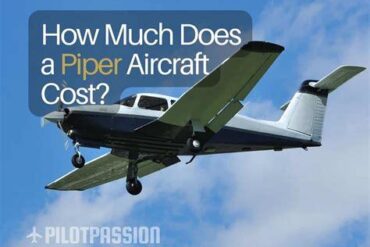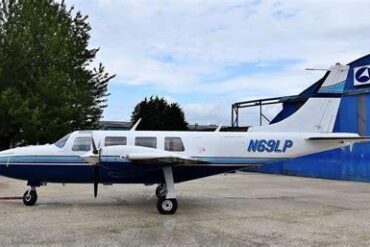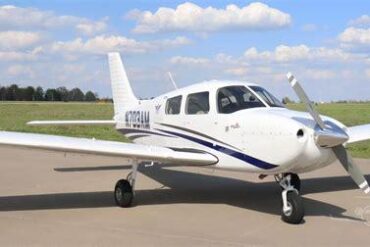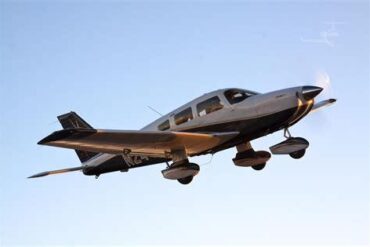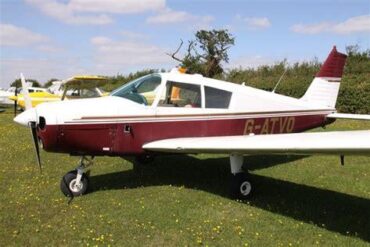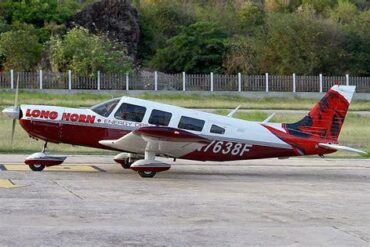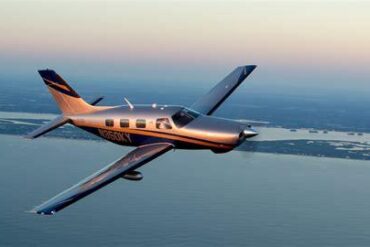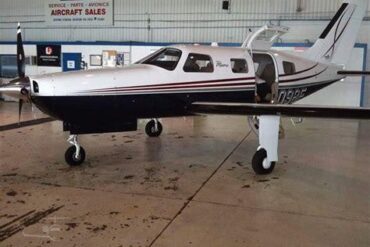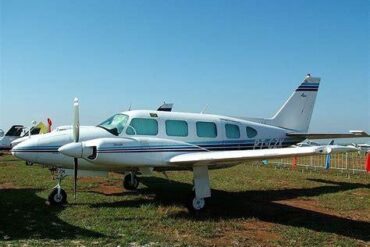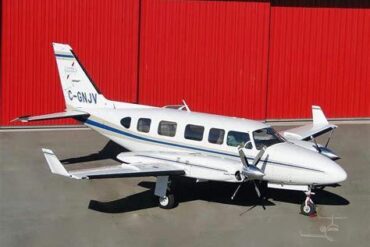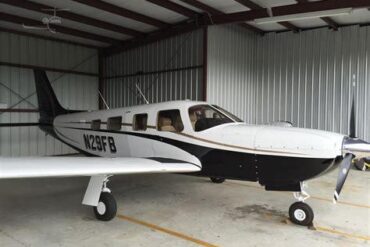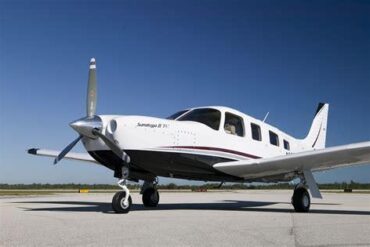The Piper M500 is a remarkable aircraft that blends performance, efficiency, and comfort. As with any aircraft, understanding the price and operating costs associated with owning and flying the Piper M500 is essential for potential buyers and operators. In this article, we delve into the various factors that contribute to the overall expense of owning this aircraft, from purchase price to ongoing operating costs.
Understanding the Purchase Price of the Piper M500
When considering the purchase price of the Piper M500, several factors come into play. The aircraft’s base price typically ranges from $1.2 million to $1.5 million, depending on the configuration, options, and market conditions. Various elements can influence the final price, including:
-
Customization Options: Buyers can tailor the Piper M500 to their specific needs, including avionics upgrades, interior finishes, and additional equipment. Each customization can significantly impact the overall price.
-
Market Demand: Prices can fluctuate based on the current demand for light turboprop aircraft. Understanding market trends can help prospective buyers negotiate effectively.
-
Condition and Age: If purchasing a used Piper M500, the aircraft’s age, maintenance history, and overall condition will be critical in determining the price. A well-maintained aircraft may command a higher price but could also lead to lower operating costs in the long run.
Financing Options for the Piper M500
For many buyers, financing is a viable option to manage the upfront cost of the Piper M500. Several financing avenues are available:
-
Bank Loans: Traditional bank loans often provide competitive interest rates and flexible terms. However, lenders may require a substantial down payment and a thorough credit check.
-
Aircraft Financing Companies: Specialized lenders focus solely on aviation financing, offering tailored solutions for aircraft purchases. These companies understand the unique aspects of aircraft ownership and can provide favorable terms.
-
Leasing: For those who prefer not to own outright, leasing can be an attractive alternative. This option typically requires lower upfront costs, allowing operators to access the Piper M500 without a significant financial commitment.
Insurance Costs for the Piper M500
Insurance is a crucial aspect of aircraft ownership that should not be overlooked. The annual insurance premium for a Piper M500 can vary widely, ranging from $15,000 to $30,000 depending on various factors:
-
Pilot Experience: Insurers often consider the experience and qualifications of the pilot when determining rates. More experienced pilots typically enjoy lower premiums.
-
Usage: How the aircraft will be used (personal, commercial, training, etc.) will impact insurance costs. Commercial operations usually incur higher premiums due to increased risk.
-
Coverage Limits: The extent of coverage desired (liability limits, hull coverage, etc.) will also affect the overall cost. Higher coverage limits equate to higher premiums.
Operating Costs of the Piper M500
Once the Piper M500 is purchased, understanding the ongoing operating costs is vital for budgeting purposes. Here are the primary components of operating expenses:
Fuel Costs
Fuel is one of the most significant operating costs for any aircraft. The Piper M500 is powered by the Pratt & Whitney PT6A-42A engine, which has a fuel burn rate of approximately 30 gallons per hour (GPH) at cruise settings. Given the average price of aviation fuel, which can fluctuate but generally hovers around $5 to $6 per gallon, operators can expect to spend about $150 to $180 per hour on fuel alone.
Maintenance Costs
Regular maintenance is essential to ensure the safety and reliability of the Piper M500. Annual maintenance costs can range from $25,000 to $50,000, depending on usage and maintenance practices. Key maintenance considerations include:
-
Scheduled Inspections: The Piper M500 requires regular inspections according to FAA regulations. These inspections often include checks on the airframe, engines, and avionics systems.
-
Unscheduled Repairs: Unexpected repairs can arise, especially in older aircraft or those with heavy usage. Budgeting for these potential costs is prudent.
-
Parts and Labor: The cost of parts and labor for maintenance can vary significantly based on the service provider and the complexity of the work needed. Utilizing authorized service centers can ensure quality, though it may come at a premium.
Hangar Fees
Storing the Piper M500 in a hangar is another cost to consider. Hangar fees can vary dramatically based on location, ranging from $300 to $1,200 per month. Factors influencing hangar costs include:
-
Geographic Location: Airports in metropolitan areas tend to have higher hangar fees than those in rural locations.
-
Facility Type: Private hangars may offer more amenities but come at a higher cost than shared facilities.
-
Length of Stay: Some hangars offer discounted rates for long-term leases, which can help reduce overall costs.
Crew Costs
Depending on the operational model, crew costs may be an important consideration. For those hiring professional pilots, salaries can range from $75,000 to $150,000 annually, depending on experience and the specific duties required. Other factors that can influence crew costs include:
-
Training Requirements: Ensuring pilots are adequately trained and certified to operate the Piper M500 can incur additional costs.
-
Benefits and Perks: Offering benefits such as health insurance, retirement plans, and other perks can significantly increase overall compensation costs.
Miscellaneous Costs
In addition to the main operating expenses, there are various miscellaneous costs to consider:
-
Landing Fees: Airports charge fees for landing and using their facilities, which can vary widely.
-
Navigation Fees: Some regions impose navigation fees, particularly in controlled airspace.
-
Taxes: Sales tax, property tax, and other taxes can add to the overall cost of ownership and operation.
Cost-Benefit Analysis of Owning a Piper M500
When evaluating the costs associated with the Piper M500, it’s essential to perform a cost-benefit analysis. Consider the following benefits against the expenses:
-
Performance and Efficiency: The Piper M500 offers exceptional performance for its class, making it suitable for various missions, from personal travel to business operations.
-
Comfort and Range: With a cruise speed of around 180 knots and a range of approximately 1,500 nautical miles, the Piper M500 provides significant advantages in terms of travel efficiency.
-
Resale Value: The Piper M500 tends to retain its value well compared to other aircraft in its class, making it a potentially sound investment.
Conclusion
In conclusion, owning and operating a Piper M500 involves a comprehensive understanding of both the purchase price and the ongoing operating costs. While the initial investment may seem substantial, the benefits offered by this aircraft can justify the expenses for many operators. By carefully considering all factors and performing thorough research, potential buyers can make informed decisions that align with their aviation needs and financial capabilities.
